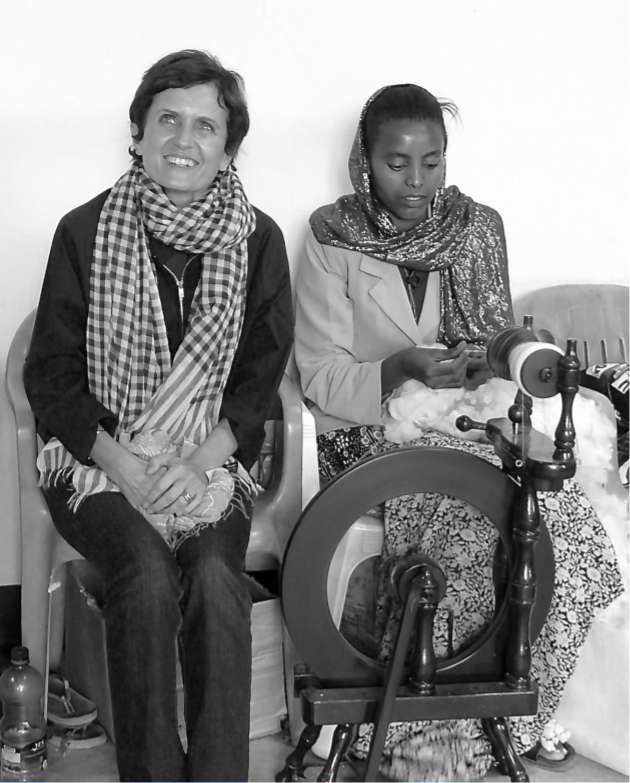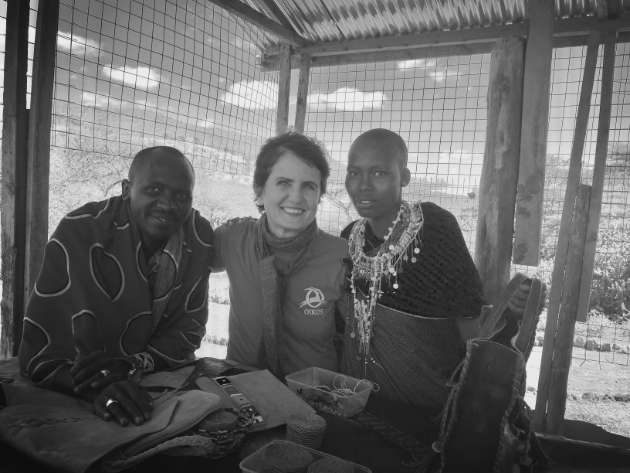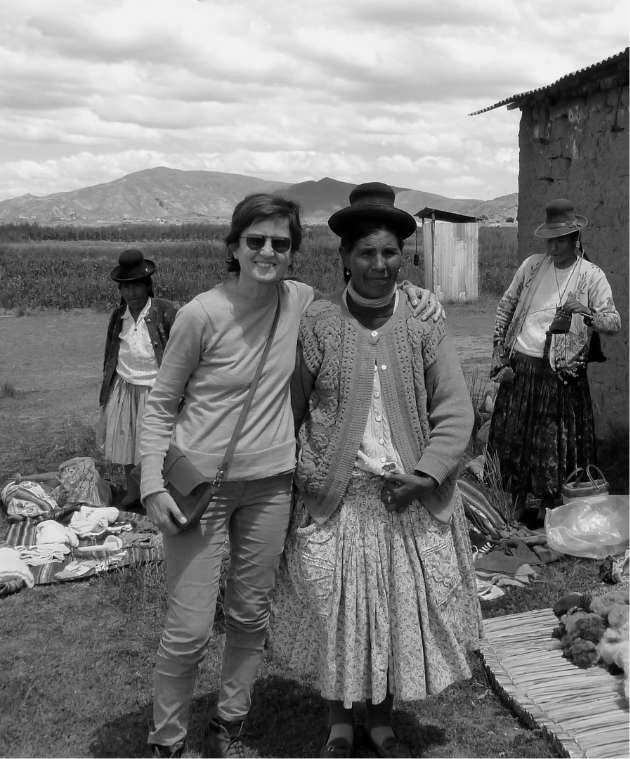Pollution and inequality: these are the environmental and social responsibilities of the fashion industry. The World Sustainability Organisation gives us the first solutions.
THE MOST SUSTAINABLE GARMENTS ARE THE ONES WE ALREADY HAVE
Marina Spadafora is an ambassador for ethical fashion all over the world. She gained her professional experience collaborating with world-famous brands, managing her own brand, and working together with artisans from all around the world. Here we will meet a decisive, courageous woman with an engaging smile, and with her we will discover a project packed with ethics, and aesthetics. And we can try to make it our own, too.

"Sustainability, ethical consumption and the search for materials with a low environmental impact, without ignoring aesthetics. Both on the part of production and on the part of the consumer.
We need the entire clothing textile industry to take responsibility and acquire the skills needed to spread an effective message that will increase the awareness of the final consumer.
Along these lines, the strategy promoted by the National Chamber for Italian Fashion has a great impact: it is working towards structural innovation in the sector, through the three guiding themes of sustainability, digitalisation and training.
As is the case for many other sectors, the lockdown period offered time for reflection and reconsideration, accelerating processes of change that were already underway. Obliged to find alternative methods, fashion has been experimenting, willingly or unwillingly, with the inclusive power of the digital world, trying out a push towards its democratisation.
But technology alone is not enough if it isn't supported by a substantial change in the narrative: today we cannot avoid taking the opportunity of the enormous potential offered by storytelling. Sustainability needs to have its story told. Also to help discredit the common idea that sees sustainable fashion as having a lack of taste, and requiring an obligatory sacrifice of aesthetics in favour of ethics.
Tailoring, hand value, treatment and dying techniques, the quality of the finished product and the material, whether it is virgin, recycled or recyclable: these are all elements unrelated to the beauty, sophistication and elegance of a garment."


WHAT CAN WE DO?
"We - all of us - are consumers, and we still don't realise the enormous potential we have: if we stopped buying brands that neglect or ignore social and environmental ethics, we would gradually, but actively, be participating in changing the trends of the market.
Every time we spend money, we are voting for the world we want to see. If we buy from fast fashion chains, we are financing an operation that isn't ethical, and we become complicit. All brands, even fast fashion ones, are definitely working to come closer to the goals of sustainability, but they are still a long way from achieving social equity.
Pollution, overproduction, exploitation of the workforce in the poorest countries: these are only a few of the enormous problems that the fashion, clothing and accessories industry still needs to solve, despite the whirlwind global business of large and small brands. Although the awareness of environmental sustainability is growing everywhere, not enough has yet been done in this sector.
We need to be more informed and direct our choices towards more virtuous brands. Let's try to ask ourselves a question, a provocation: #WhoMadeMyClothes? Preserving and extending the life of every garment also means respecting the work of the people who made them.
We should buy less often, but buy things that last longer. We need to take care of our clothes, and not throw them away, which is the worst thing to do. The most sustainable garments are the ones we already have hanging in our wardrobes."
And indeed, The revolution starts from your wardrobe is the book in which Marina Spadafora and the journalist Luisa Ciuni address the thorny issue of the pollution caused by luxury fashion.
WHAT DO YOU THINK OF THE YELLOW CLOTHES COLLECTION BANKS?
"Let's start from the assumption that the worst crime is throwing clothes away: reselling them, giving them away, organising swap parties gives your wardrobe a second chance.
If they reach the yellow bins, it means that none of the other useful options for extending their life cycle has been considered or carried out. The clothes bank should be the last resort, but often it is the first.
The world is overrun with waste, and textile waste. Let's extend the life of every garment.
Every second, the equivalent of a rubbish truck full of clothes is dumped in landfills. Less than 1% of the material used to produce clothing is recycled. In Ghana, the landfills and rivers of Accra are completely clogged with shapeless masses of our discarded clothes. We need to produce less: produce less and better, and people should make it last.
We don't need three 10-euro t-shirts, but instead two 15-euro ones; one quality item instead of lots of rubbish ones. Fierce competition, early sales, Black Friday: let's try not to fall for it. Millennials are already making significant sacrifices and focusing on upcycling.
Fashion gives people pleasure, and it should continue to do so. How? By creating beauty, dreams and comfort, supported by quality and longevity."